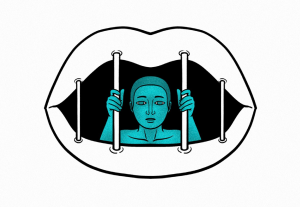- Behavioral Science, Customer Experience, Design, Design Theory, Usability, UX Education, UX Magazine
Advocating empathetic design by anticipating user needs, taking pride in fulfilling them and sharing the knowledge
Article by Chris Kernaghan
What Can UX Designers Learn From The Uniquely Japanese Concept of Omotenashi?
- Japanese unique approach to creativity might be applied to understanding of design as a new way of thinking.
- “Omotenashi” is about anticipating the needs of guests which may not be communicated in an obvious way.
- UX Designers certainly aspire to the principles of “omotenashi” that can be applied to user-centered design and might even work in the context of an agile startup, or corporate behemoth.
Share:What Can UX Designers Learn From The Uniquely Japanese Concept of Omotenashi?
Share this link
- March 10, 2022
4 min read







